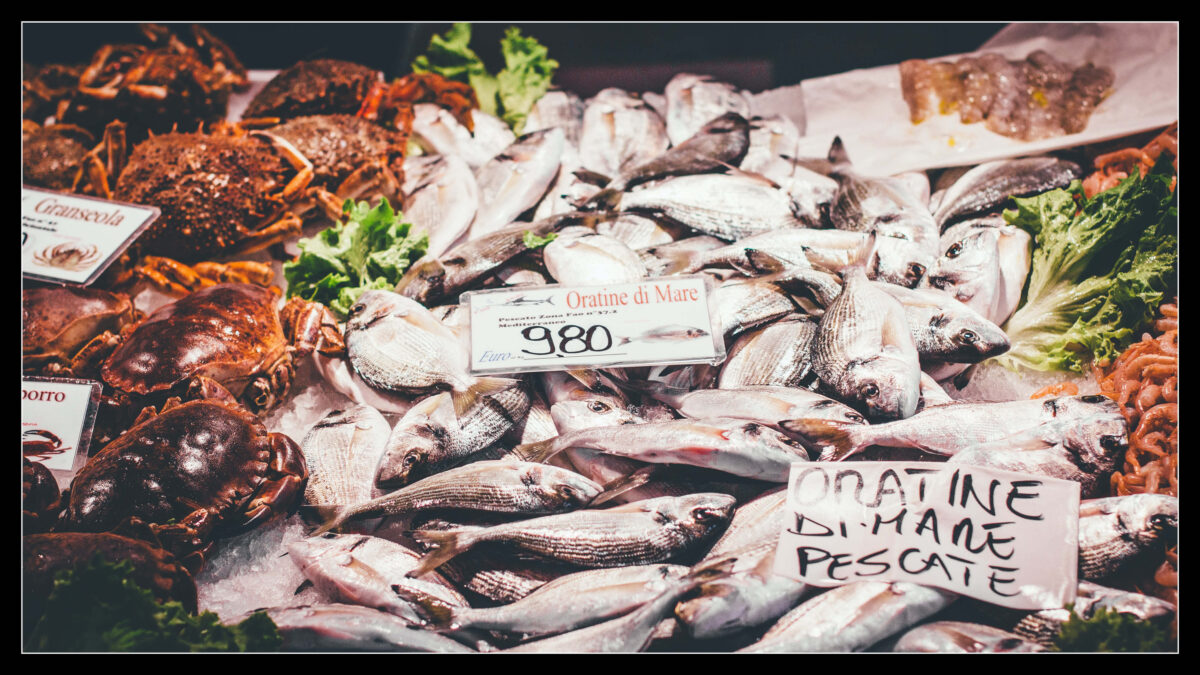Seafood has a fascinating history when it comes to its fluctuating price points. We take a look at three dishes that have changed from being cheap as chips to expensive treats.
Many dishes that are dishes that are synonymous with the most exclusive restaurants in town – whether it’s sushi, lobsters or oysters – were once routinely eaten by people with low incomes.
Here’s how they became expensive:
Oysters Kilpatrick
This Australian meal is made by throwing oyster and bacon onto the BBQ. Simple and tasty. Despite being a staple dish down under, it actually got its name from the Palace Hotel in San Francisco, when the chef Ernest Arbogast named it after the manager of the hotel.
Eat the dish in London, you’ll find yourself paying £10 for three. Eat it in Australia, and you’re surrounded by traditionally working class coastal communities enjoying the grilled dish in the sunshine. This can be explained by the fact that oysters are quite cheap in Australia – count £1 each in the cheapest market – due to their abundance in the sea.
The lobster glow up
One of the most surprising meals to become glamorous is the lobster. It became pricey in the 20th century, but it used to be the equivalent of Native American bread and butter. When English colonisers arrived in North America, they didn’t consider it to be such a substantial meal – it was just a source of protein. It was given to slaves and inmates, and was also used as fertiliser and fish bait. Indeed, lobster was considered to be the cockroach of the sea.
Reasons for its hype today are multiple, with high demand as a main factor. When people started to realise the potential financial gain they could get from lobster it became more and more popular among the upper classes. Fishermen would sell it as a delicacy to tourists that had no idea about its reputation and people started to ask for it more and more. Demand increased, and so did the price. WWII also played a role in this process of evolution: as food supplies became limited, lobster meat was tinned and distributed to soldiers.
Since then climate change has meant that lobsters have longer life cycles and increased fertility – yet the high demand for the status symbol food means it continues to command a high price.
In other words, the lobster has been victim of gentrification – a dish that belonged to working-class and was cheap, became expensive as soon as the rich got interested into it. And now, people with less money can’t afford it anymore.
Sushi: from rice farmers to upper classes
If there’s another meal that has become desirable since WWII, it has to be sushi. It’s popular today, and quite pricey especially in big cities – think £39 for five sashimis at Sushi Samba London Heron Tower. Whilst it is considered a Japanese speciality, in its original form sushi first developed in the rice fields of China. It was called narezushi which consisted of fermented rice and salted fish. There were no refrigerators, so rice farmers fermented their crop so they could preserve the fish and eat it later in the year. The heavy amounts of salt helped to promote the growth of bacteria and microorganisms and keep it for up to a year. But the rice was actually thrown away before they ate the fish – it was only used to wrap and preserve it.
When the idea reached Japan and the ocean coast, the fermentation part didn’t need to be so long. People began to add vinegar to the rice to speed up the process and that’s when people started to eat the fish with the vinegar-drenched rice.
The nigiri as we know it today –- a slice of salmon or tuna on top of vinegar rice – became popular among the working class in the early 1800s. It was a very practical meal, the fast food of its time.
It became more fancy in Japan when ocean fish was added to the mix as a luxury for aristocrats – but it’s only after WWII that street stalls selling sushi were forced to move indoors. This made the dish more exclusive. Following the War, and with Japanese immigration and globalisation, the dish became popular in the US – now we have the California roll.

